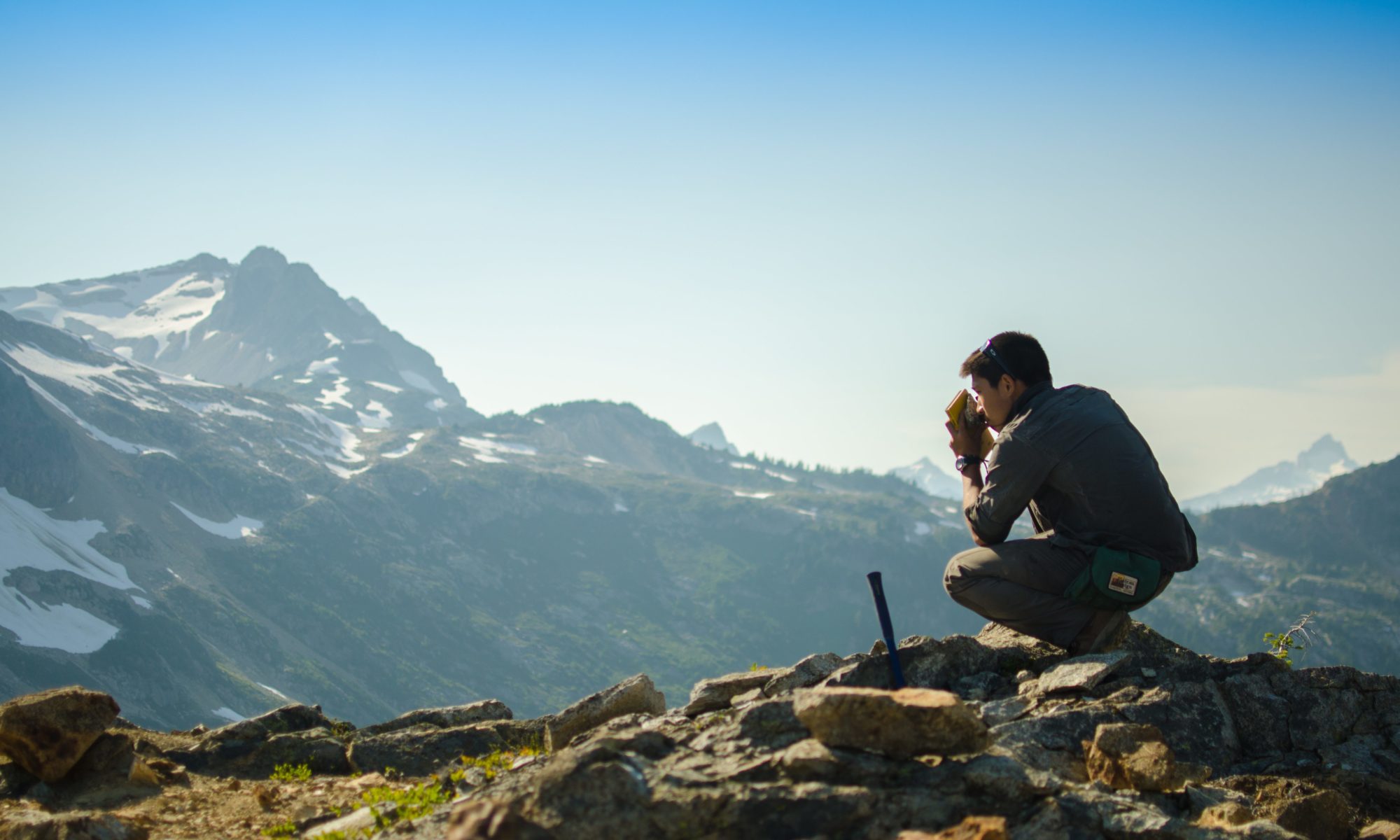Introduction
Jupyter notebooks have become the staple integrated development environment (IDE) of many scientists around the world – and for good reason too. Just to list a few of the advantages of the Jupyter notebooks:
- They very clearly demonstrate your workflow in the most intuitive way possible – as a single document that reads from top to bottom, with code output shown adjacent to the code that produced it.
- Since cells in a Jupyter notebook must (or should) be executed consecutively from top to bottom, they inherently encourage you to develop a workflow that is reproducible.
- Your code and output are easily shareable (e.g. as a .pdf), even to those who don’t have a programming environment set up on their own machines.
- They’re perfect for rapid exploratory data analysis, as you can quickly and interactively make visualizations one after the other, preserving previous output within the same document.
However, there are certain situations in which these advantages of the Jupyter notebook become non-ideal. Again, to list just a few:
Continue reading “Getting started with VSCode for Jupyter users (Python)”